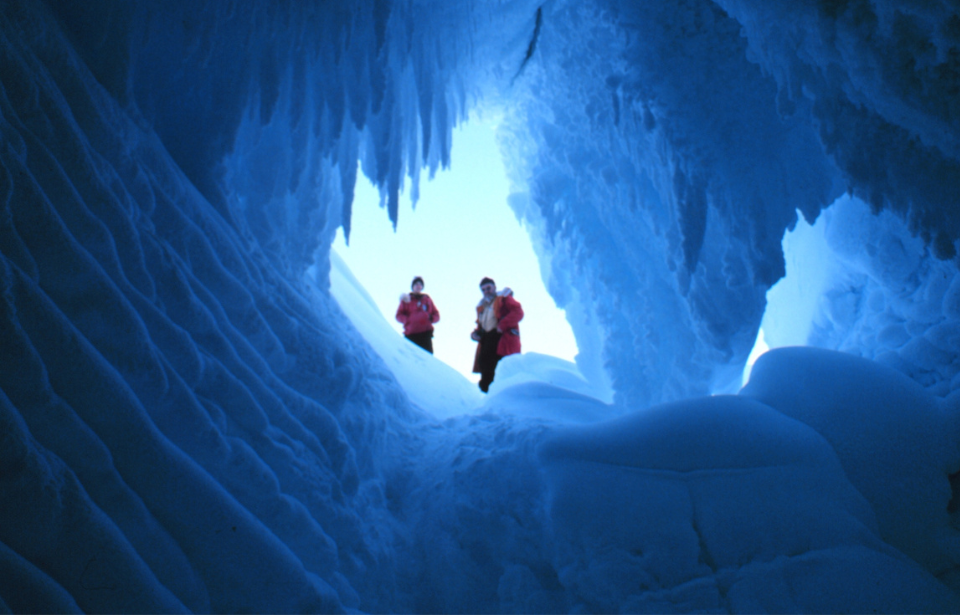Antarctica might seem like the kind of place where virtually nothing is going on. It is so cold that it appears to be barren and void of any life. However, just below the surface, things are happening. Ice has been melting between the bedrock and its surface, creating massive caves that have only recently been discovered by scientists. The most unexpected part about this discovery is that the temperature inside the caves is actually warm.
Just under the icy surface of Antarctica, temperatures are different
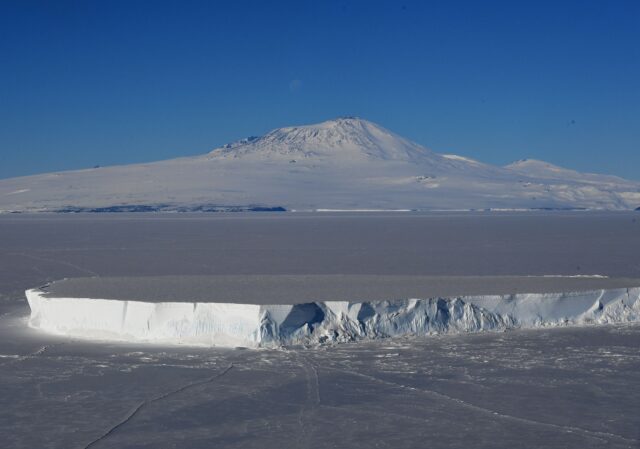
Antarctica is known as the coldest place on Earth. With temperatures dropping as low as -144 degrees Fahrenheit in some areas, it is hard to believe that anything could survive on the continent. However, Antarctica is the site of more than 15 volcanoes that are currently active or have shown recent activity. This has had a fascinating effect on the biology of the area.
Several caves have developed on the continent just beneath the icy surface as a result of the steam emanating from these volcanoes. The steam has caused the air temperature to reach as high as 77 degrees Fahrenheit in some places, melting away the ice from underneath to carve out these massive cavities. In some areas, the surface ice has become so thin that light can reach through into the caves. All of these factors combined have opened up the possibility of new life in Antarctica.
Mount Erebus has extensive cave systems
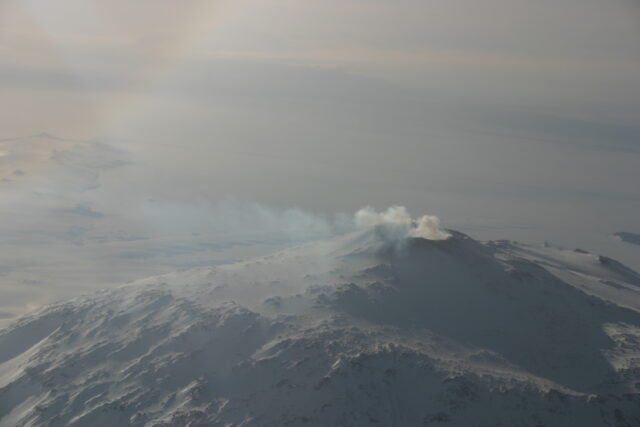
The Australian National University conducted a study that focused on the caves created by the active volcano Mount Erebus, located on Ross Island, Antarctica. Mount Erebus is the southernmost active volcano in the world, formed around 1.3 million years ago and standing a whopping 3,794 meters above sea level.
While the volcano’s surface is covered in snow and ice, warm steam continues to rise from its summit. Additionally, it is full of shallow hot magma chambers, which have developed extensive cave systems underneath the ice. A co-researcher on the project, Charles Lee from the University of Waikato in New Zealand, said that Mount Erebus may not be the only volcano producing these cave systems.
“We don’t yet know just how many cave systems exist around Antarctica’s volcanoes, or how interconnected these subglacial environments might be,” he explained. “They’re really difficult to identify, get to and explore.” However, given the complexity of the systems produced by Mount Erebus, it is possible that other systems have not only developed, but have become interconnected.
Could organisms live there?
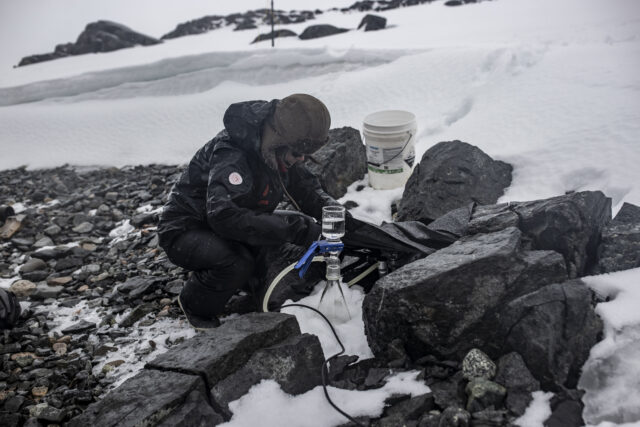
The conditions produced by the warm air within these Antarctic caves may have caused an entirely new environment for organisms to thrive. The lead researcher on the study, Ceridwen Fraser, said that the environment was so warm, in fact, that one could “wear a t-shirt and be comfortable” if they were in the cave. She said that after soil samples taken from the area were analyzed using forensic techniques, various DNA was discovered belonging to different types of algae, mosses, and small creatures.
At a microscopic level, thousands of organisms have been living in these cave systems, with researchers believing that Antarctica may actually be home to one of the largest ecosystems of bacteria. They estimate that one-third of all bacteria on the entire planet may be contained there. What is particularly unique about these microorganisms is that their energy production is derived from sources like iron and hydrogen, not from the sun, allowing them to thrive beneath the icy sheets.
Unknown microbes have been discovered
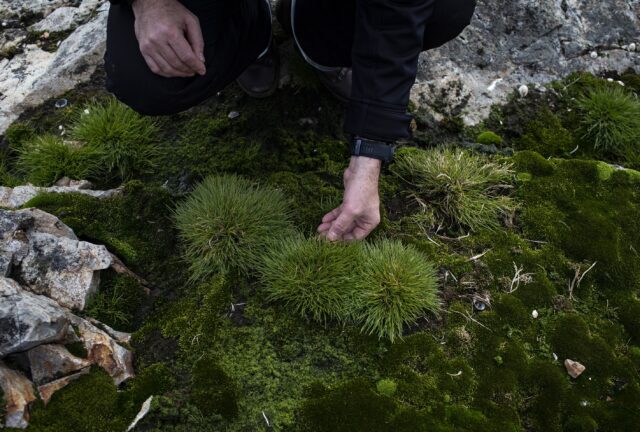
While researchers have been able to identify the majority of the DNA within the soil samples, there were some sequences that they were unable to identify. “The results from this study give us a tantalizing glimpse of what might live beneath the ice in Antarctica -– there might even be new species of animals and plants,” Fraser said. “The next step is to go and have a really good look and see if we can find communities living beneath the ice in Antarctica.”
Unknown DNA sequences mean there could be completely undiscovered life residing within these warm Antarctic caves.
Thwaites Glacier cave is almost as big as Manhattan
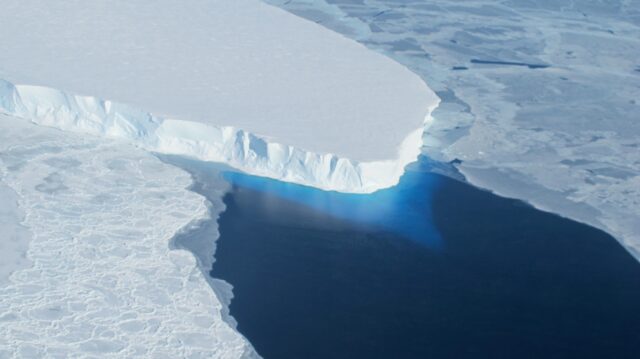
While global warming has raised concerns about the melting of Antarctica’s ice sheets, these underground caves have been a hidden contributing factor all along. Thwaites Glacier, located in West Antarctica, has been crumbling. At first, it was attributed to the planet’s rising temperatures, but it was discovered that there is a massive cavern within the glacier that has practically reached the size of Manhattan.
Using radar-equipped aircraft to map out the glacier in three dimensions, NASA’s Operation IceBridge realized that Thwaites Glacier was melting far more rapidly than previously believed. It is likely that the cavern is filled with warm air, causing it to melt the ice from the inside at the same time that the surface ice is dwindling as well.
There is still so much we don’t know
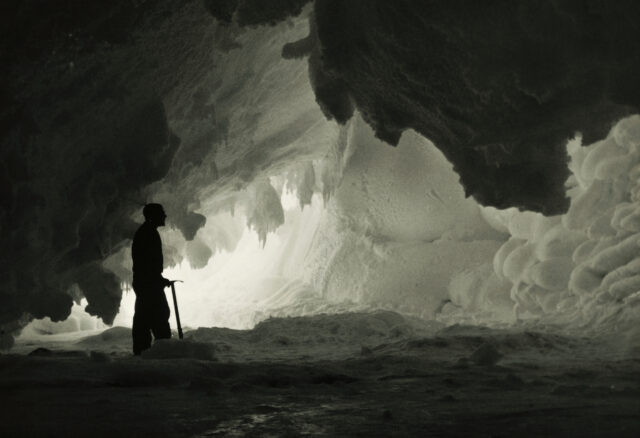
More and more volcanoes continue to be found in Antarctica, meaning that these extensive cave systems may be larger than researchers initially believed. While our understanding of organic life in Antarctica continues to develop, scientists still know “little about life in the continent’s subglacial cave systems, which may harbour diverse and complex communities.”
The study explains, “Our results highlight the importance of investigating these cave systems in greater detail—despite the field challenges associated with such an endeavour – to confirm the presence of living macrobiota.” Field challenges have proven to be a hindrance indeed, as there are massive caverns that still haven’t been reached in order for studies to begin.
More from us: The Incredible Discovery of a 4,500-Year-Old Palace in Iraq
Only time and patience will reveal the secrets beneath the icy surface in Antarctica.
